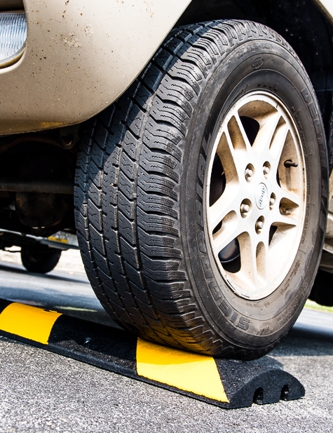Leak detectors can prevent many problems, so proper maintenance is very necessary. Carefully following the instructions below will reduce the failure and increase the life of the instrument. Always turn off the power before replacing the probe, otherwise it may result in a slight electric shock!
Probe Cleaning: Use the supplied protective cover to prevent dust, moisture, and grease from blocking the probe. Disable this instrument when no guard is attached. Before using this instrument, check that the probe and the protective cover are free of dust or grease.
1. Pull off the protective cover.
2. Clean the protective cover with industrial towels or compressed air.
3. If the probe itself is dirty, it can be immersed in a mild detergent like alcohol for a few seconds and then cleaned with compressed air or industrial towel. Never use solvents like gasoline, turpentine, mineral oil, etc. because they will remain on the probe and reduce the sensitivity of the instrument.
Probe replacement: The probe will eventually fail and need to be replaced. Because the probe life is directly related to the conditions and frequency of use, it is difficult to predict the exact replacement time. When alarming or unstable in clean, clean air, the probe should be replaced.
Replace the probe step is 1. Make sure the instrument is turned off. Unscrew the old probe counterclockwise. Rotate the spare probe provided in the box clockwise.
Dear visitors: Thank you for visiting our website. Your current page is a halogen leak detector product. If you are interested in this product, you are warmly reminded that you can call our service hotline to learn more about related products. We will do our best to serve you.
The Traffic Safety Store Speed Bump and Speed Hump Buyers Guide
Benefits rubber Speed Bumps and Speed Humps over traditional asphalt or concrete bumps are:
100% recycled material
Never need painting
Easy one person installation
Removable for snow plowing or pavement maintenance
Cost effective, years of high performance with low maintenance
When to use a Speed Hump instead of a Speed Bump?
Speed Bumps are designed to:
Improve pedestrian safety
Reinforce stop signs in parking lots
Reduce the risk of accidents on private residential streets, driveways and parking lots
Speed bumps are specifically made to slow drivers down to between 2 to 5 mph.
Speed Humps are designed to:
Slow traffic on public roads such as schools, hospitals, anywhere reduced vehicle speeds are desired
Be gentle enough so that emergency vehicles do not need to slow down
Industrial areas or areas with heavy truck traffic where high speeds can lead to an overturned vehicle
Speed humps are specifically designed to slow vehicles to between 10 to 15 mph.

Rubber Speed Breakers,Rubber Speed Bumps,Portable Speed Bumps,Rubber Speed Humps
Renqiu Xingcheng Rubber Products Co., Ltd. , https://www.rubbermats.nl